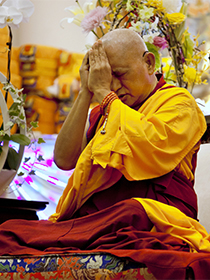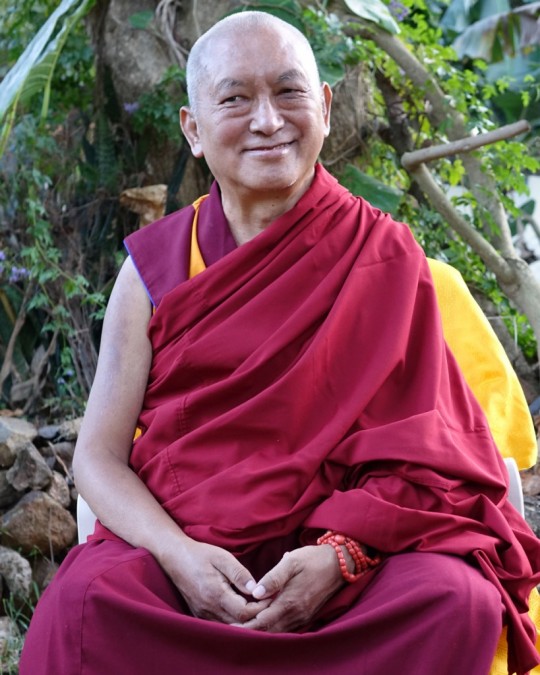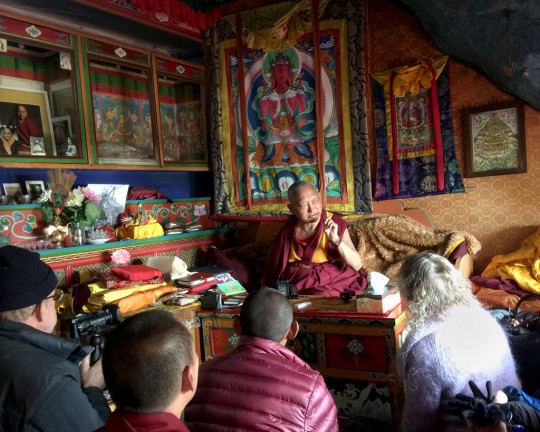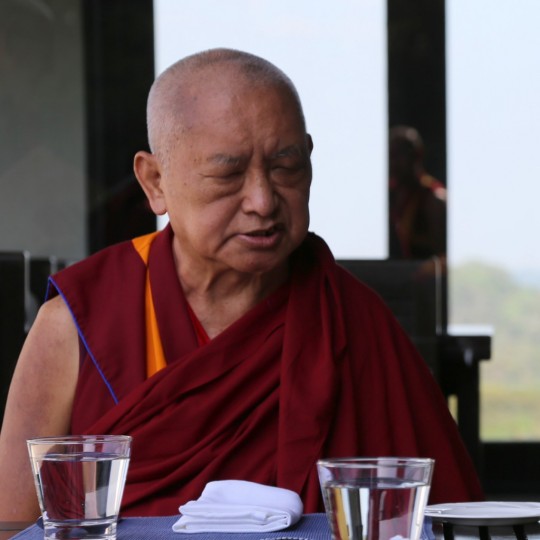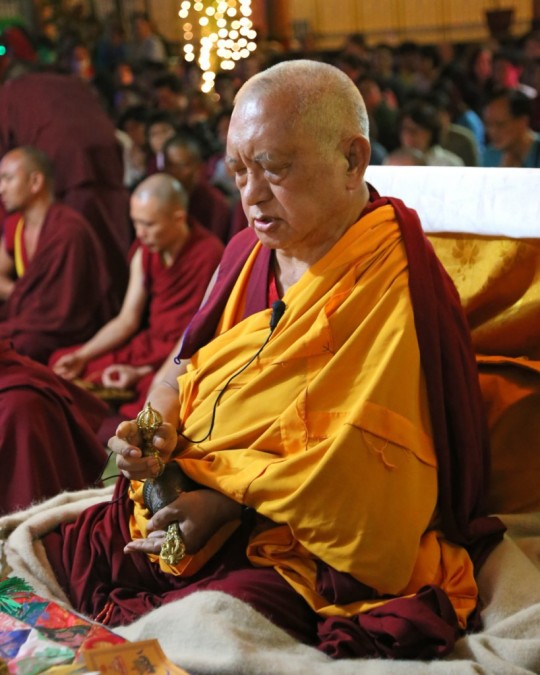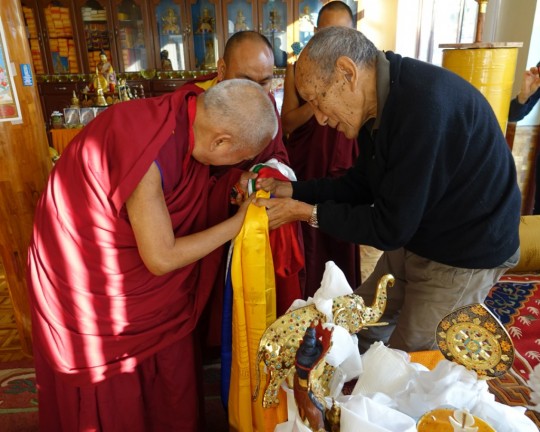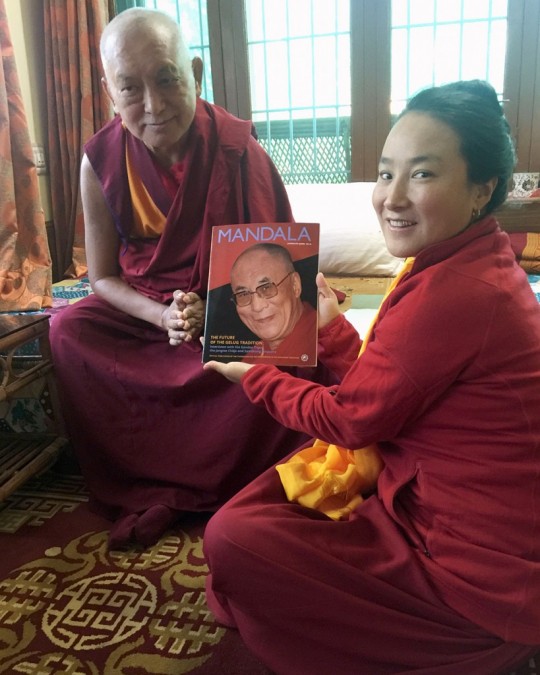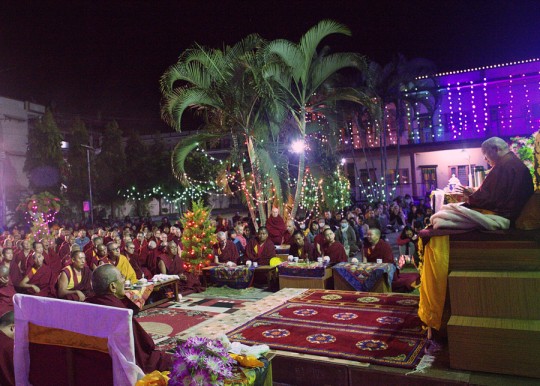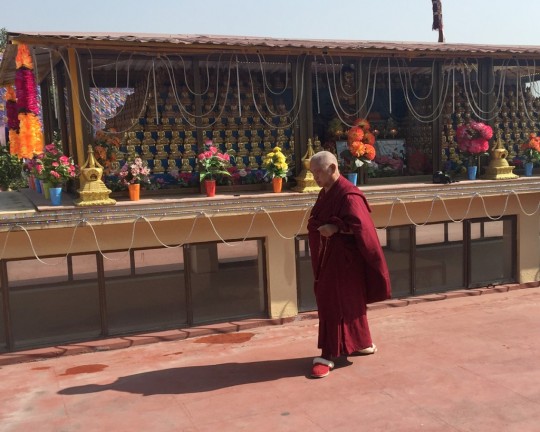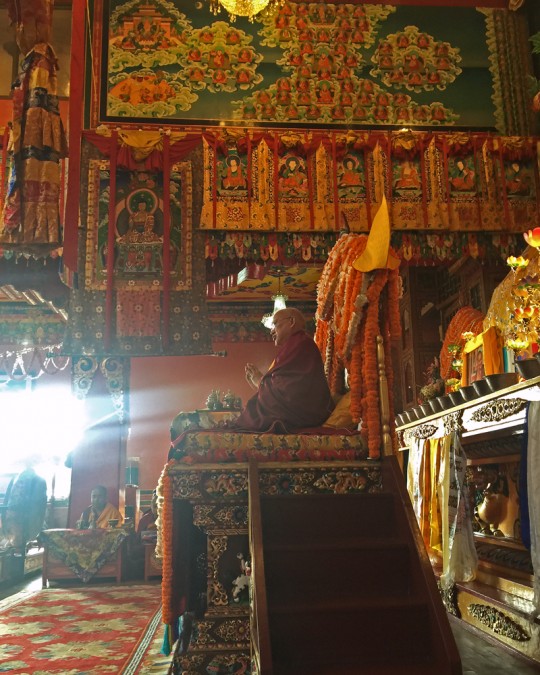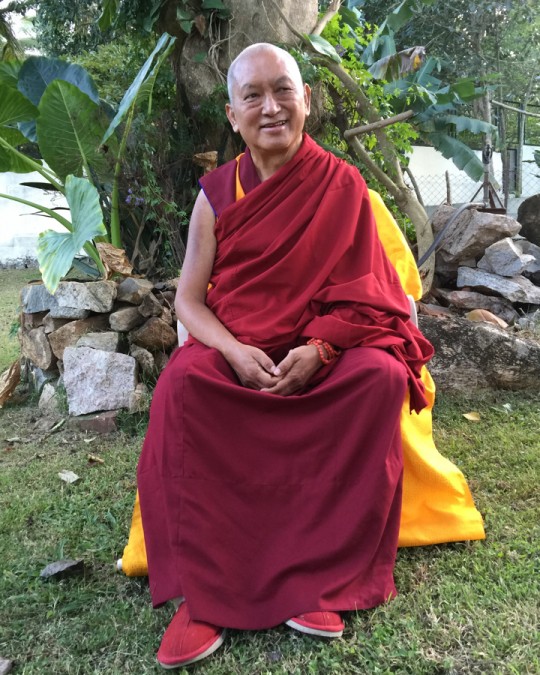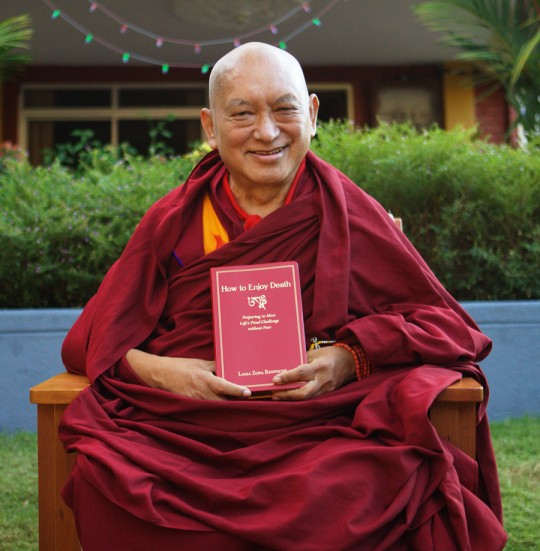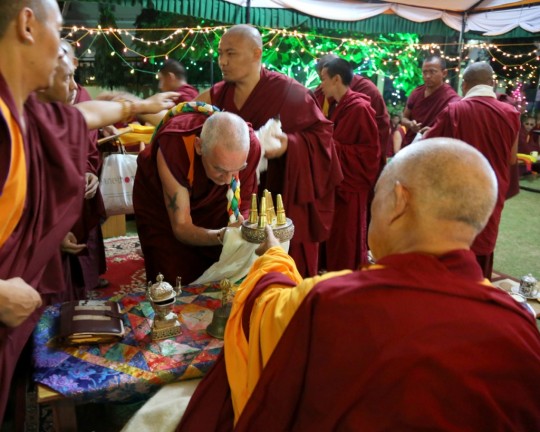“Thank you ten times for so kindly offering this. It is a pity I am so useless, but I do try to benefit some ants and did this in the Washington retreat place during the snow time. Also, I try to help the cockroaches. Maybe next life those creatures will come back with rucksacks to a Kopan course. Also maybe they will go to Lawudo, and then eventually get enlightened. He he he, ha ha ha, ho ho ho!
“Anyway I really appreciate all your efforts!”
From “Thanks for Practices,” posted in “Lama Zopa Rinpoche’s Online Advice Book”:
https://www.lamayeshe.com/advice/lama-zopa-rinpoches-online-advice-book
More information, photos and updates about FPMT spiritual director Lama Zopa Rinpoche can be found on Rinpoche’s webpage on FPMT.org. If you’d like to receive news of Lama Zopa Rinpoche and FPMT via email, sign up to FPMT News.







